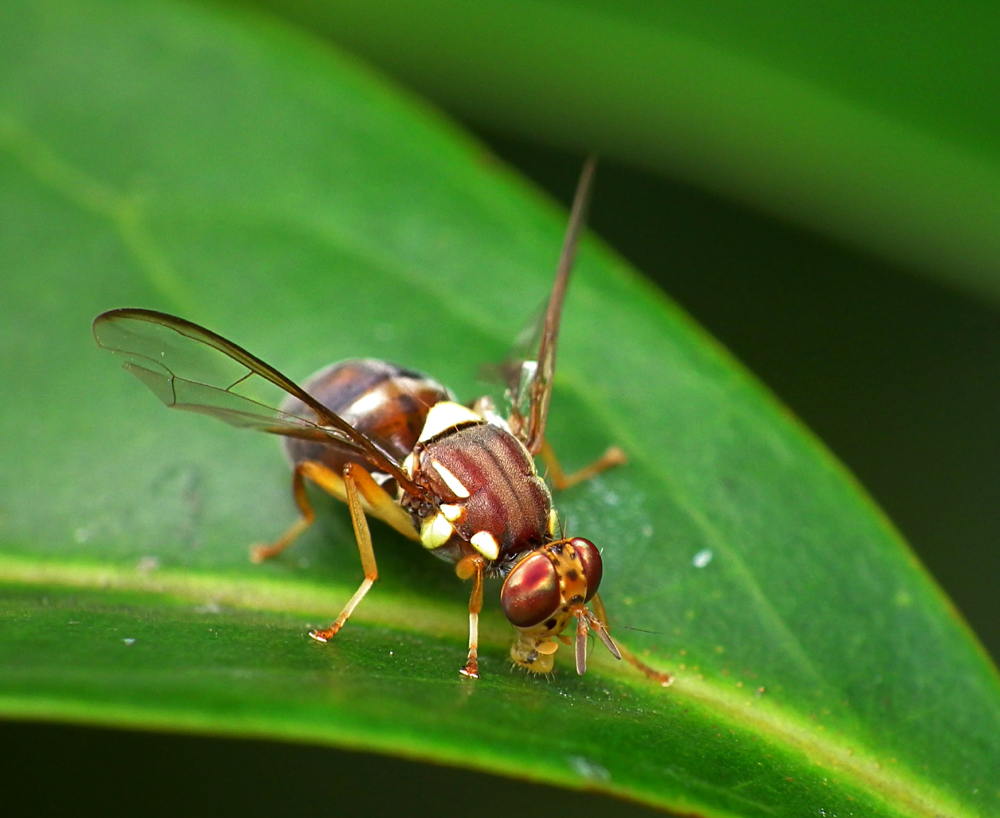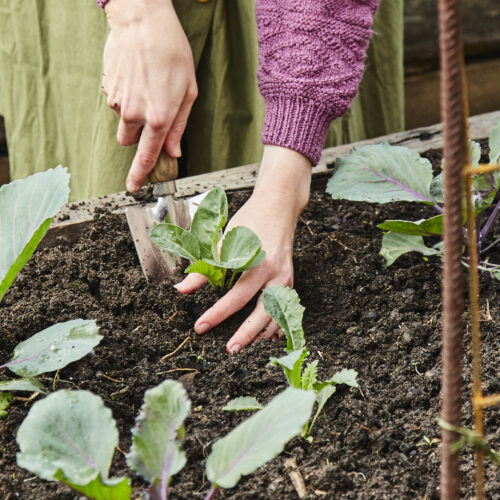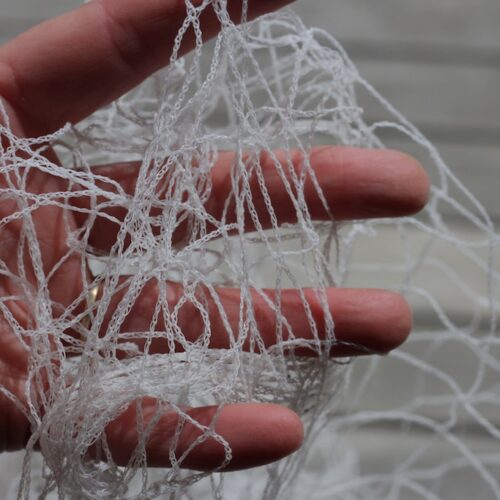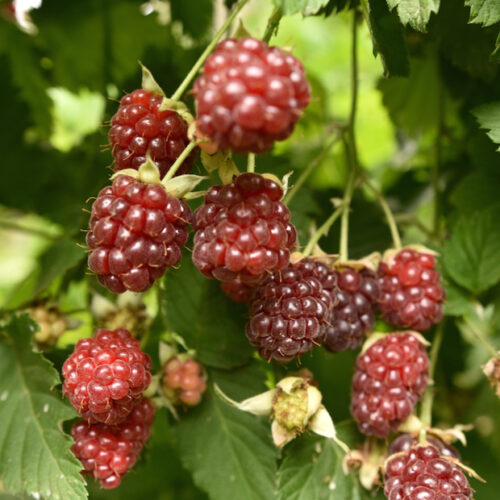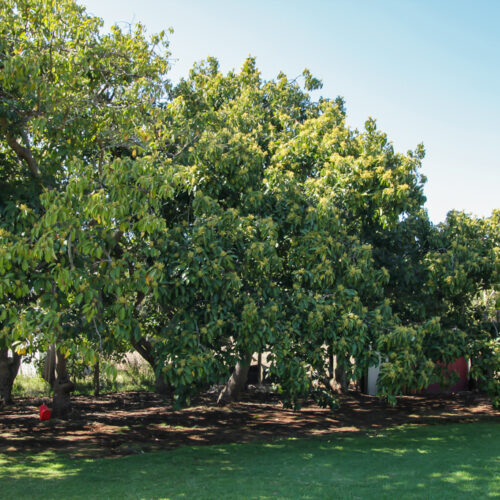Gardening jobs for January
2018-01-15T21:00:00+11:00
Join Justin Russell in 2018 for seasonal gardening tips to keep your patch thriving.
Happy New Year, organic gardeners! If you’re anything like me you’ll be gearing up for a massive year of growing, harvesting and eating, so join me each and every month for a round-up of seasonal tasks and tips for every climate zone in Australia.
For a change, let’s kick things off in the tropics. Big rains mean lots of nutrients leaching from the topsoil, so it’s important to get some goodness back in on a regular basis. Provide a quick boost to really hungry crops with liquid fish fertiliser, and for longer term results apply small amounts of pelletised chook fertiliser every couple of weeks.
Fruit fly is breeding up in numbers across northern and eastern Australia thanks to summer rains. Few people realise that control isn’t an optional extra in home gardens. It’s actually mandatory, and besides, by controlling the problem in your garden you help ease the burden on your neighbours and local orchardists. Controlling fruit fly takes a community wide effort so hang organic baits, cover plants with fine weave netting and clean up infected fruit to prevent the fly larvae from pupating in the soil.
In the subtropics, January is a good month to maintain banana clumps. The ideal situation is to have a main leader, and two followers – one that’s semi mature and getting ready to replace the leader and another sucker that has just emerged. Remove excess suckers and give the remaining trio a boost by top dressing with a barrowload of well-rotted manure.
Native Warrigal Greens are a great crop to grow in arid and semi-arid zones. The leaves of this ice-plant relative are succulent and full of moisture, helping the plants resist heat and drought (but not heavy frost). They also taste good, and make a nice summer alternative to spinach. If you’re lucky you’ll have a plant or two growing as a weed in your garden, otherwise seed is available from most heirloom suppliers. One word of caution – the leaves are mildly toxic when eaten raw. Always cook them before consumption.
January is hot. Really hot, across much of the continent. The worm farmers among you should take action now to stop your wriggly friends cooking in the next heatwave by moving your farm to a cooler location. If you’re farming worms on a larger scale and moving isn’t possible, cover the farm with shadecloth, insulate with a layer of old carpet or styrofoam and wet the compost down from time to time to ensure it doesn’t dry out.
In temperate and subtropical areas, fruit is hopefully being harvested from your stonefruit trees by the bucketload. The best time to prune is as soon as you’ve finished harvesting, so have your tools sharp and ready to go. Sterilise your blades before use with straight methylated spirits, and carry a spray bottle of the same with you in the orchard. Spray between each tree to reduce the spread of bacterial diseases such as canker.
Birds such as Indian myna have been a problem in my garden this summer. Besides scaring them off with loud claps and the odd rock hurled, I net. This strategy won’t win prizes for glamour, but the best way to stop most pests eating your fruit is to create a physical barrier. Always use wildlife-friendly white netting, pegs to secure it, and ideally, go for a product with a fine weave to provide added protection from insects.
So that’s it. Enjoy your January in the garden, and may your efforts be ever fruitful!

